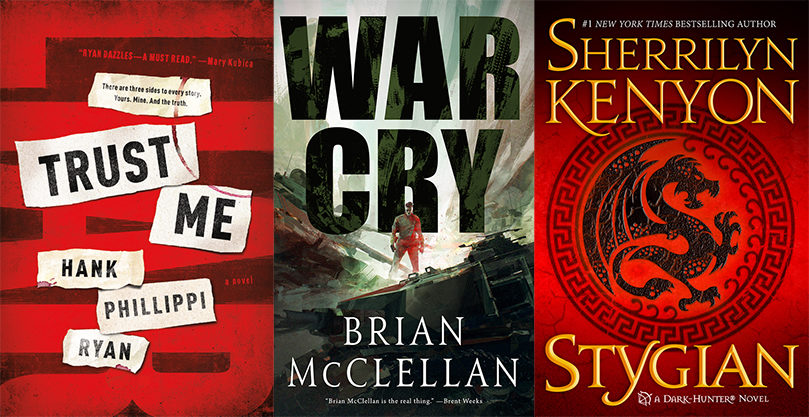
New Releases: 8/28/18
New from Hank Phillippi Ryan, Sherrilyn Kenyon, Brian McClellan, and more!

New from Hank Phillippi Ryan, Sherrilyn Kenyon, Brian McClellan, and more!
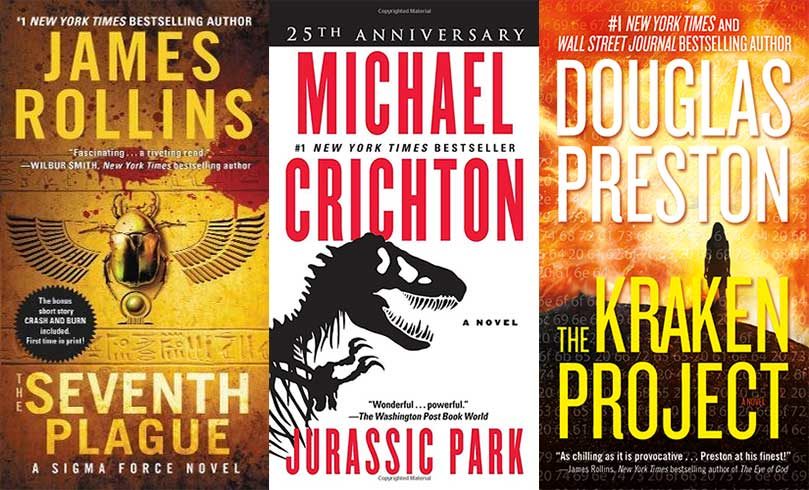
Strong to the Bone author Jon Land shares his favorite science-based thrillers.
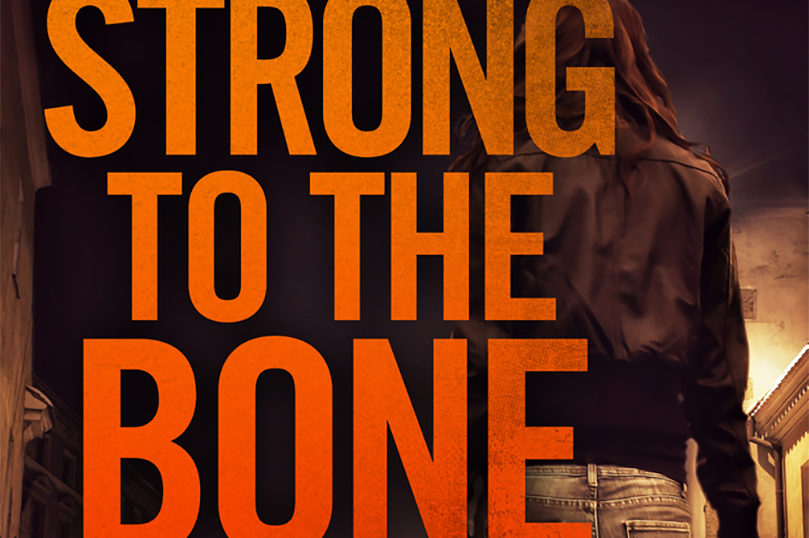
Texas Ranger Caitlin Strong takes on a gang of neo-Nazis in Strong to the Bone, an action-packed novel of the critically acclaimed Caitlin Strong series by Jon Land. Strong to the Bone will become available December 5th. Please enjoy this excerpt.
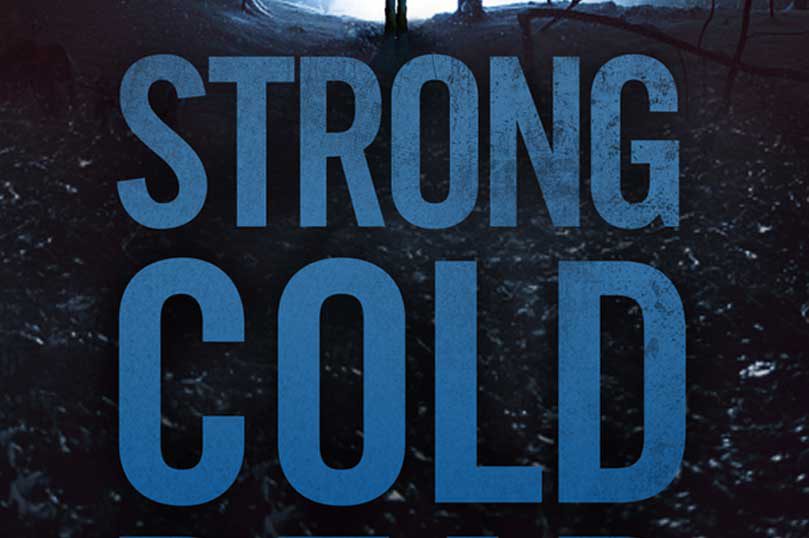
Strong Cold Dead author Jon Land names his favorite modern Westerns, from Dirty Harry to Die Hard.

Texas Ranger Caitlin Strong returns in Jon Land’s Strong Cold Dead, a thriller with heart-stopping action and a high-stakes terrorist plot. Please enjoy this excerpt.
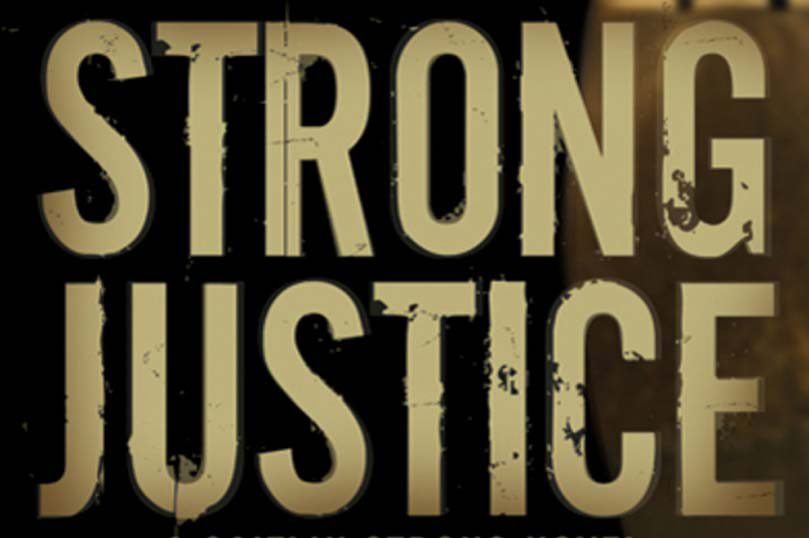
The ebook edition of Jon Land’s Strong Justice is on sale for only $2.99!
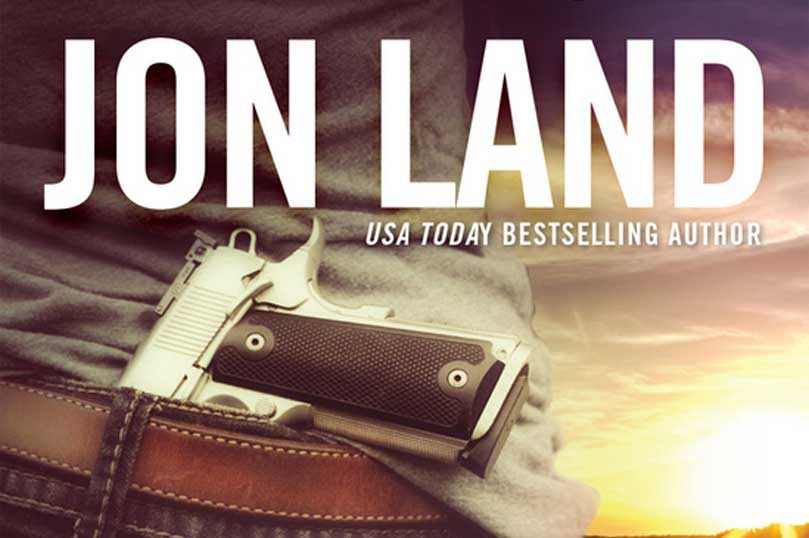
Texas ranger Caitlin Strong is involved in an international plot rooted in secrets from the Cold War in Strong Light of Day, the seventh installment of Jon Land’s New York Times bestselling Caitlin Strong series. Please enjoy this excerpt.
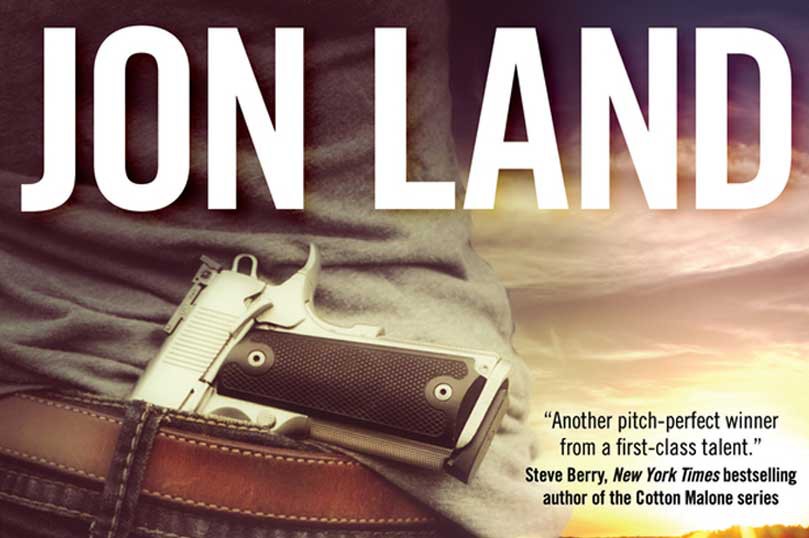
Texas ranger Caitlin Strong is involved in an international plot rooted in secrets from the Cold War in Strong Light of Day, the seventh installment of Jon Land’s New York Times bestselling Caitlin Strong series. We hope you enjoy this excerpt. Chapter One ZAVALA COUNTY, TEXAS Caitlin Strong stopped her SUV at the checkpoint on…
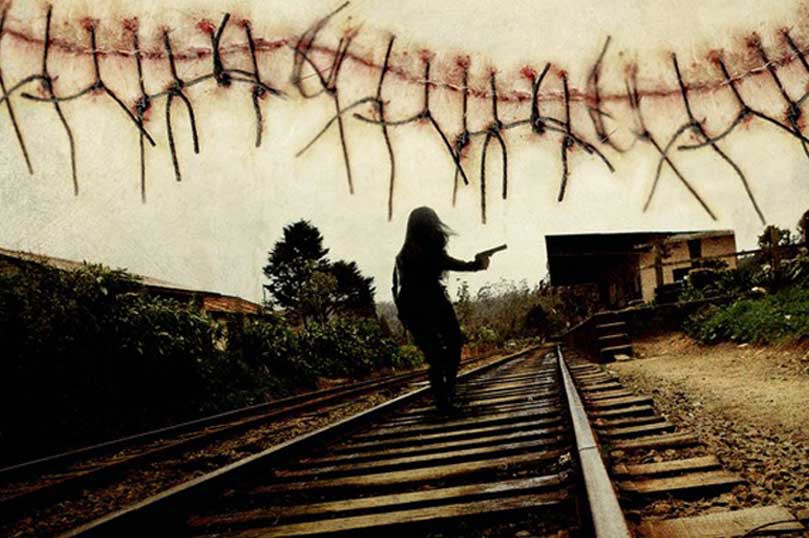
Jon Land discusses his Caitlin Strong novel, Strong Darkness.